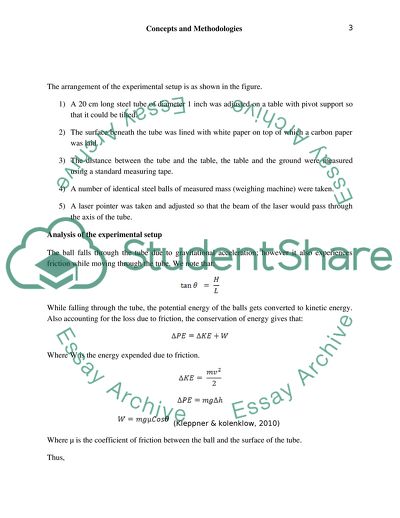Cite this document
(The Calculation of the Coefficient of Friction Using Projectile Motion Report Example | Topics and Well Written Essays - 1250 words, n.d.)
The Calculation of the Coefficient of Friction Using Projectile Motion Report Example | Topics and Well Written Essays - 1250 words. https://studentshare.org/physics/1763774-scientific-experiment
The Calculation of the Coefficient of Friction Using Projectile Motion Report Example | Topics and Well Written Essays - 1250 words. https://studentshare.org/physics/1763774-scientific-experiment
(The Calculation of the Coefficient of Friction Using Projectile Motion Report Example | Topics and Well Written Essays - 1250 Words)
The Calculation of the Coefficient of Friction Using Projectile Motion Report Example | Topics and Well Written Essays - 1250 Words. https://studentshare.org/physics/1763774-scientific-experiment.
The Calculation of the Coefficient of Friction Using Projectile Motion Report Example | Topics and Well Written Essays - 1250 Words. https://studentshare.org/physics/1763774-scientific-experiment.
“The Calculation of the Coefficient of Friction Using Projectile Motion Report Example | Topics and Well Written Essays - 1250 Words”. https://studentshare.org/physics/1763774-scientific-experiment.


